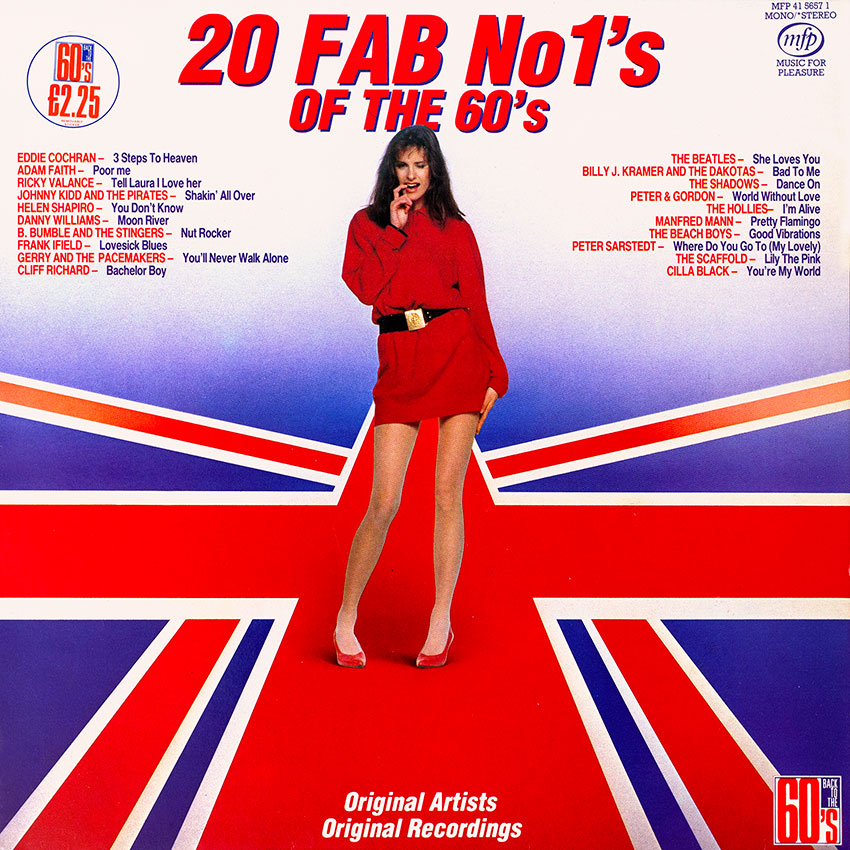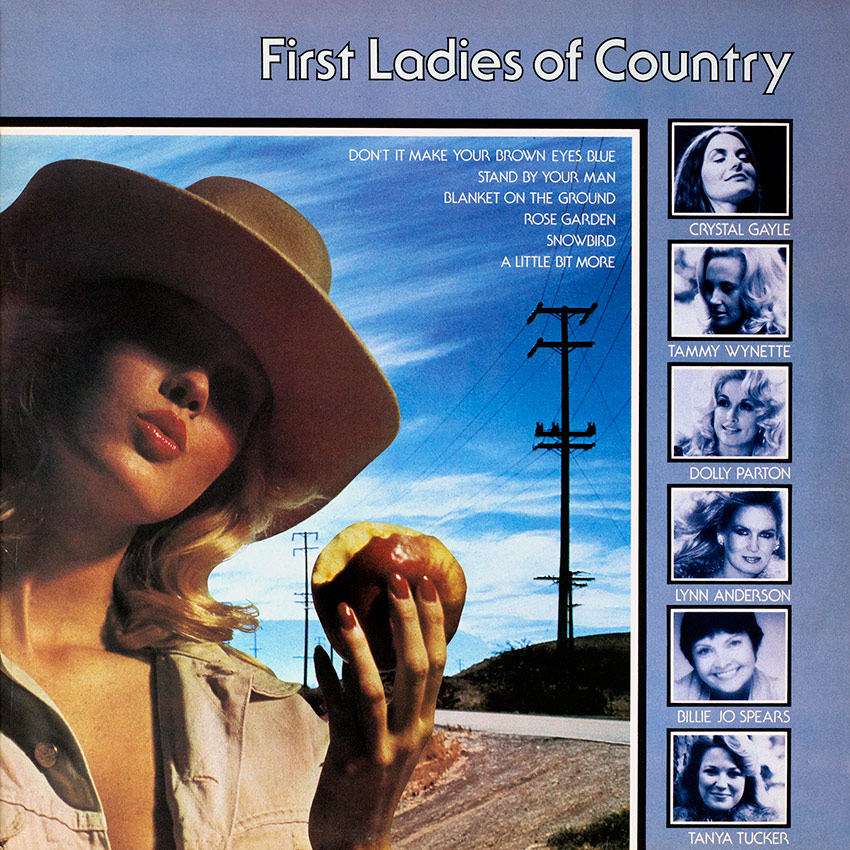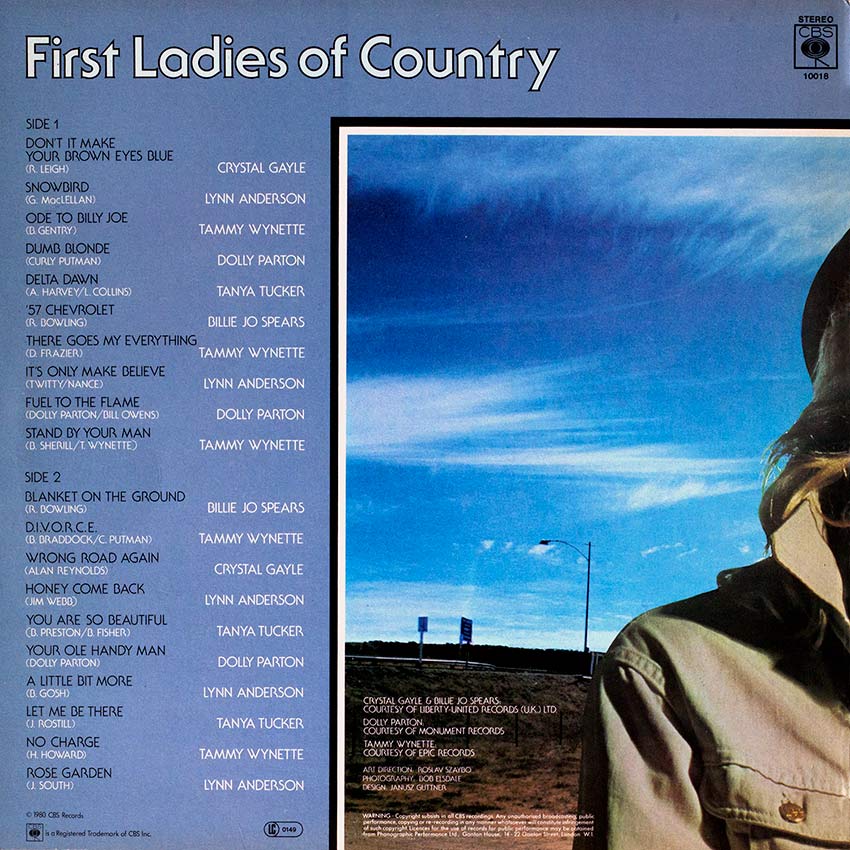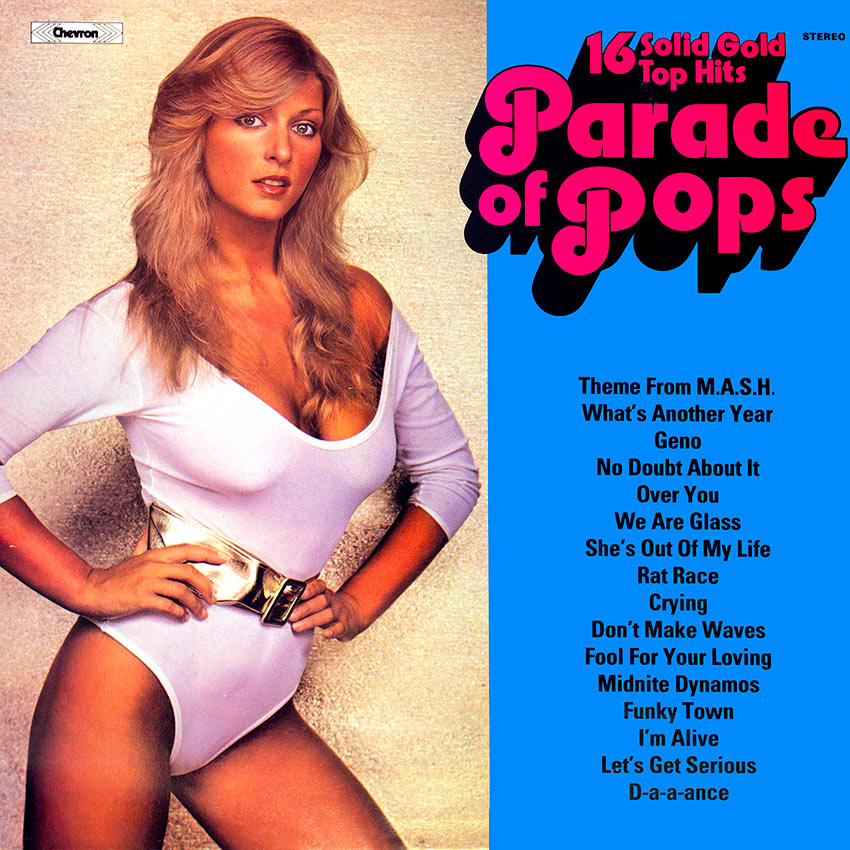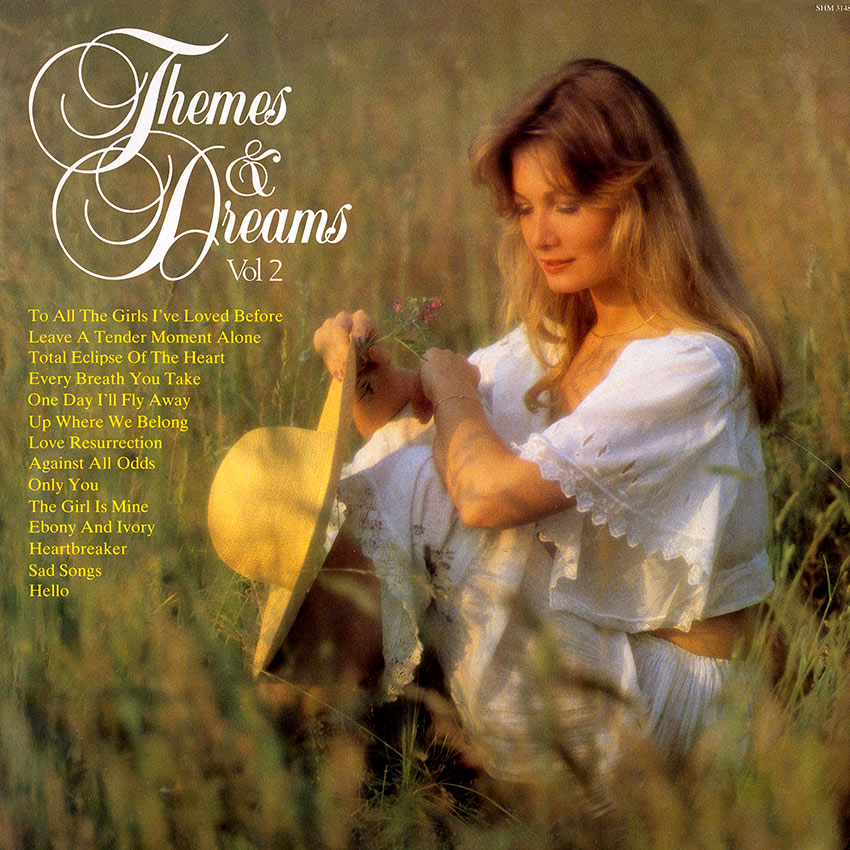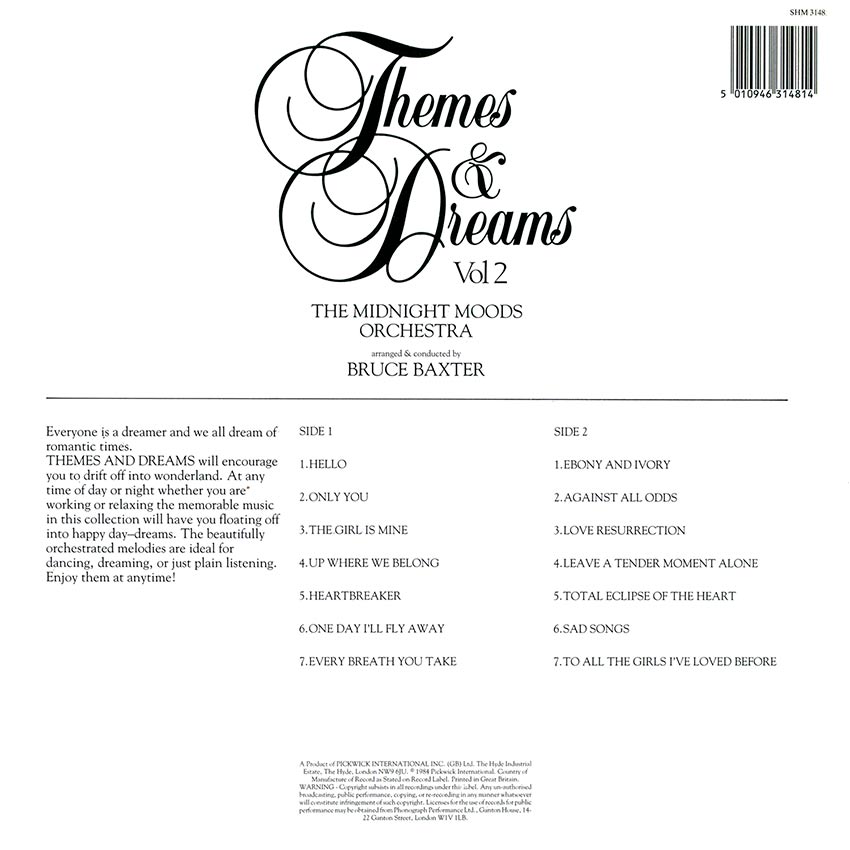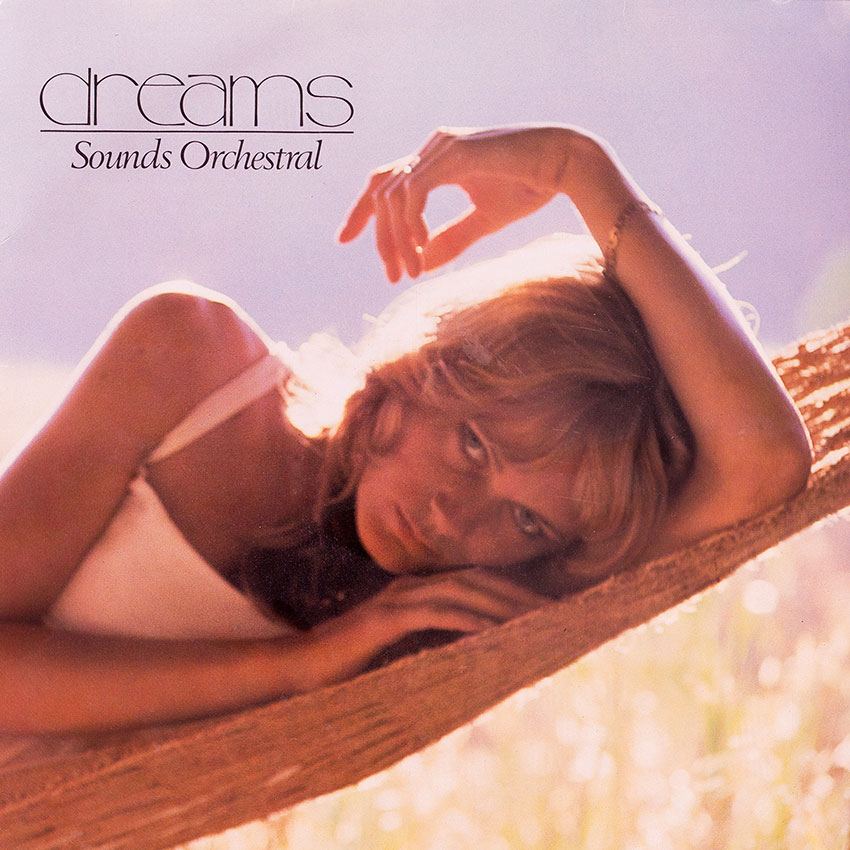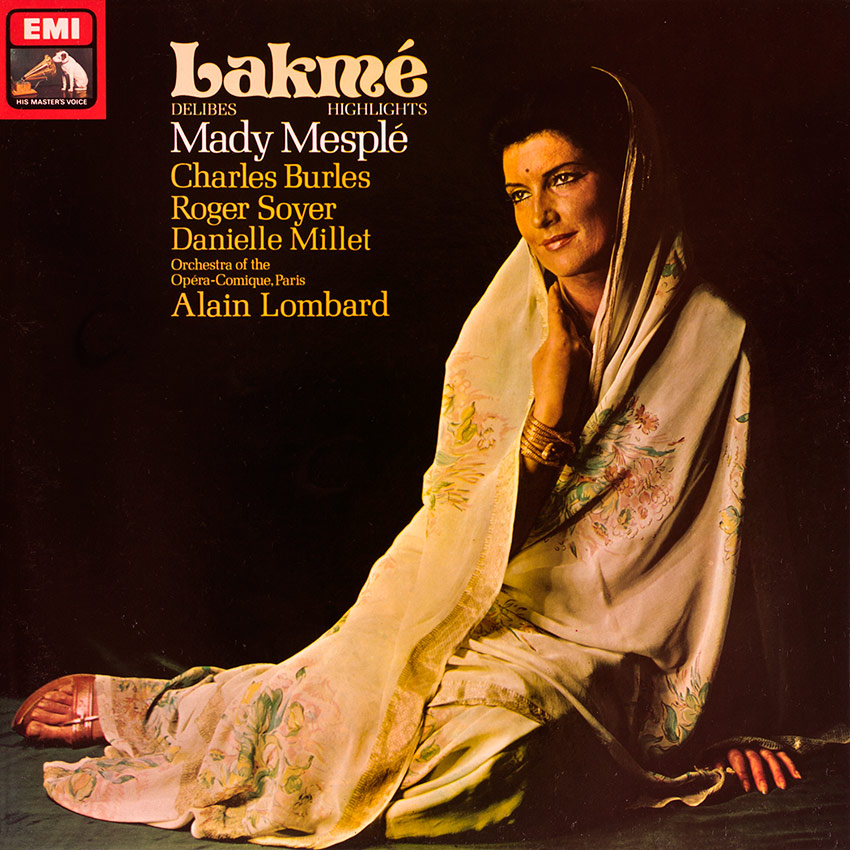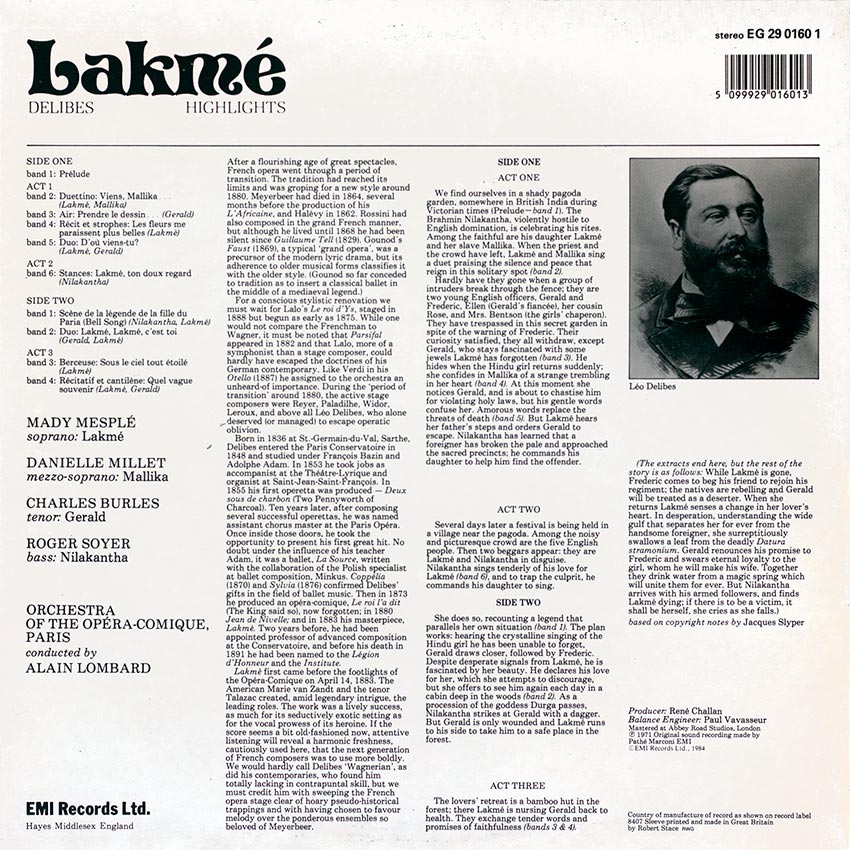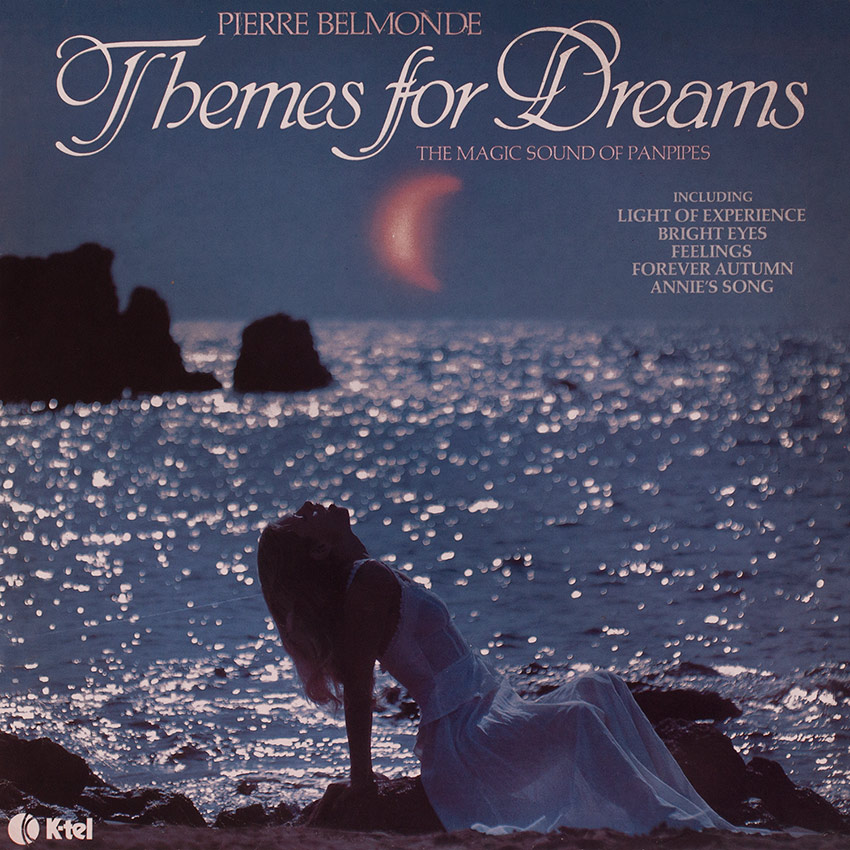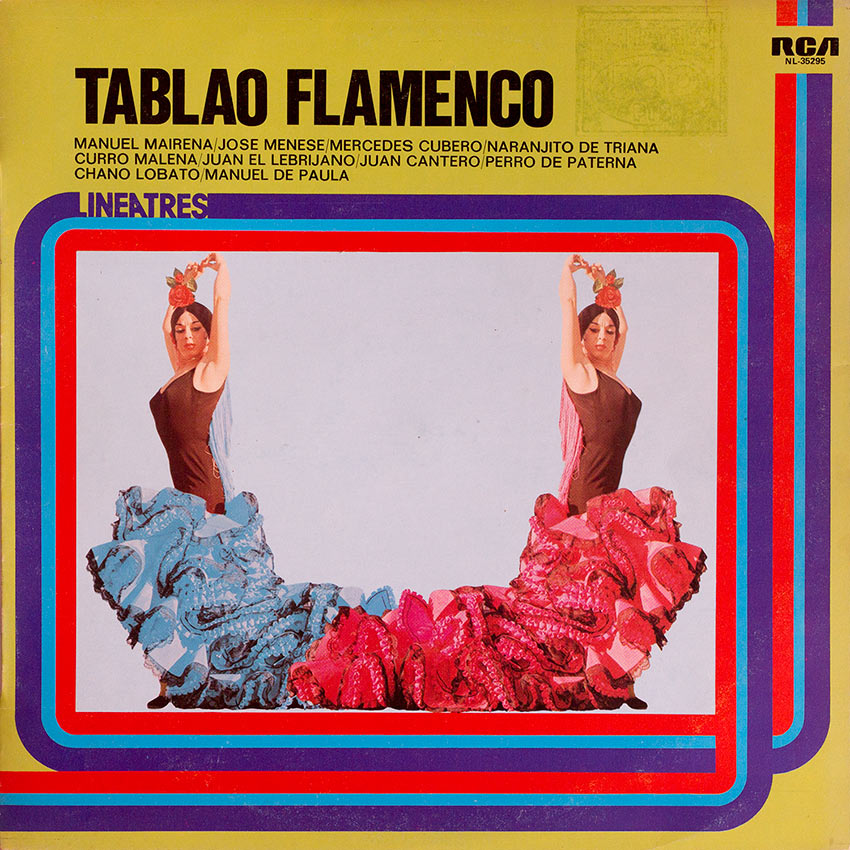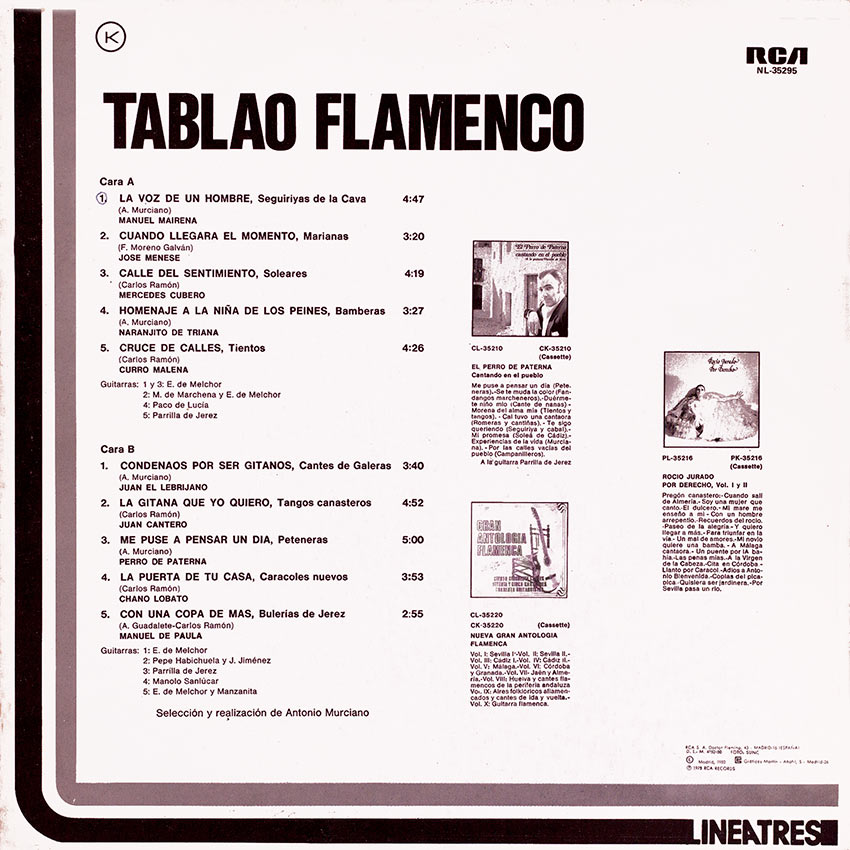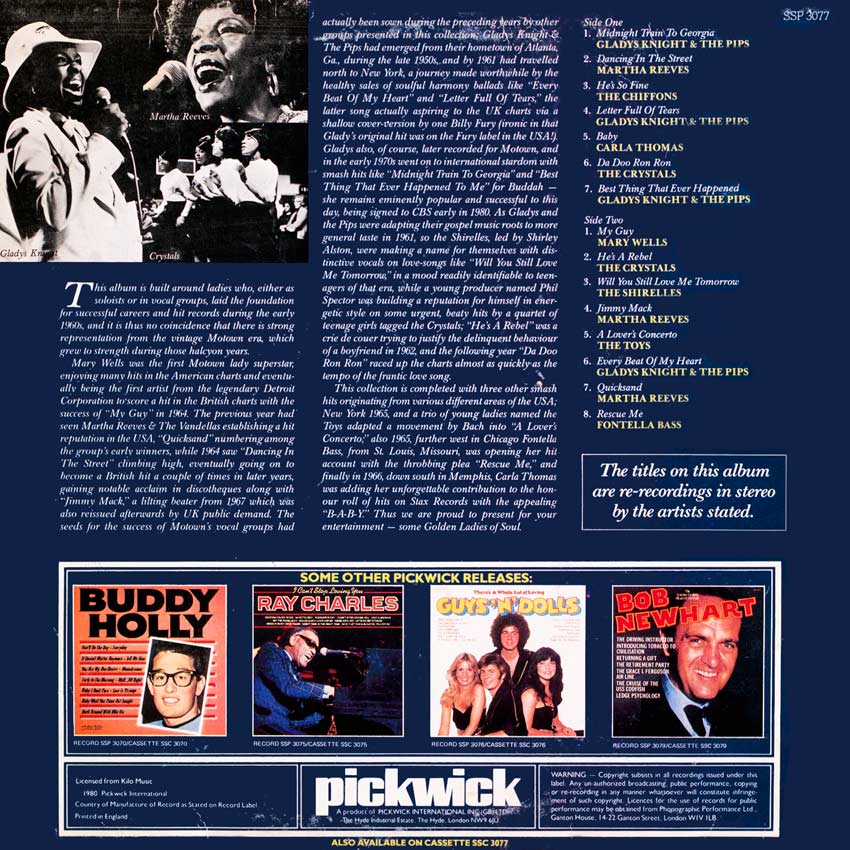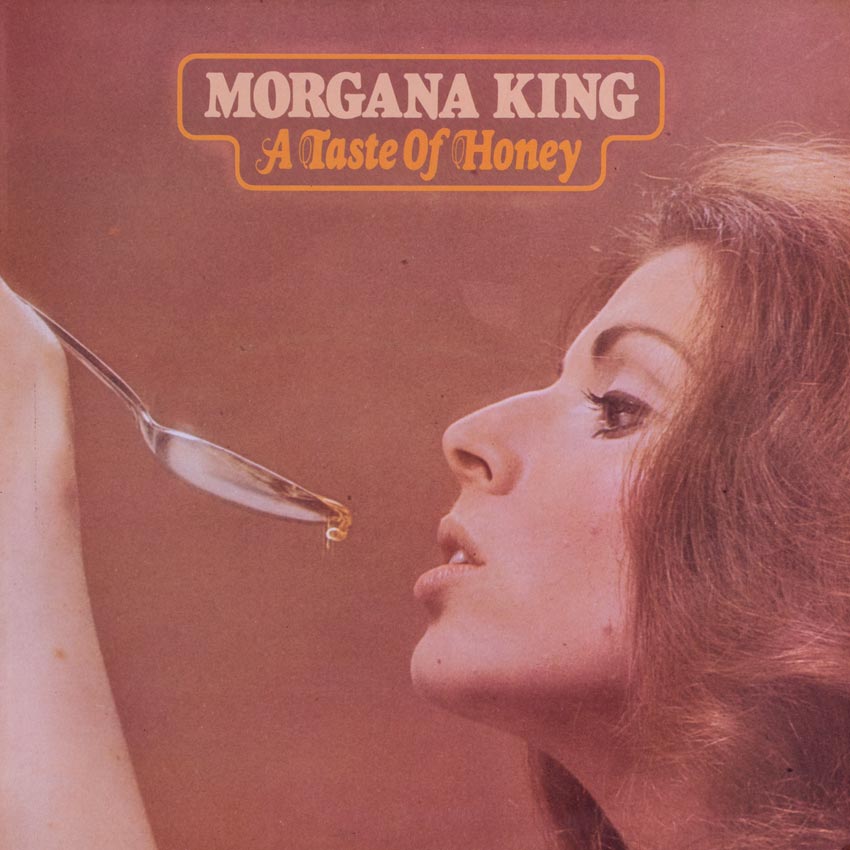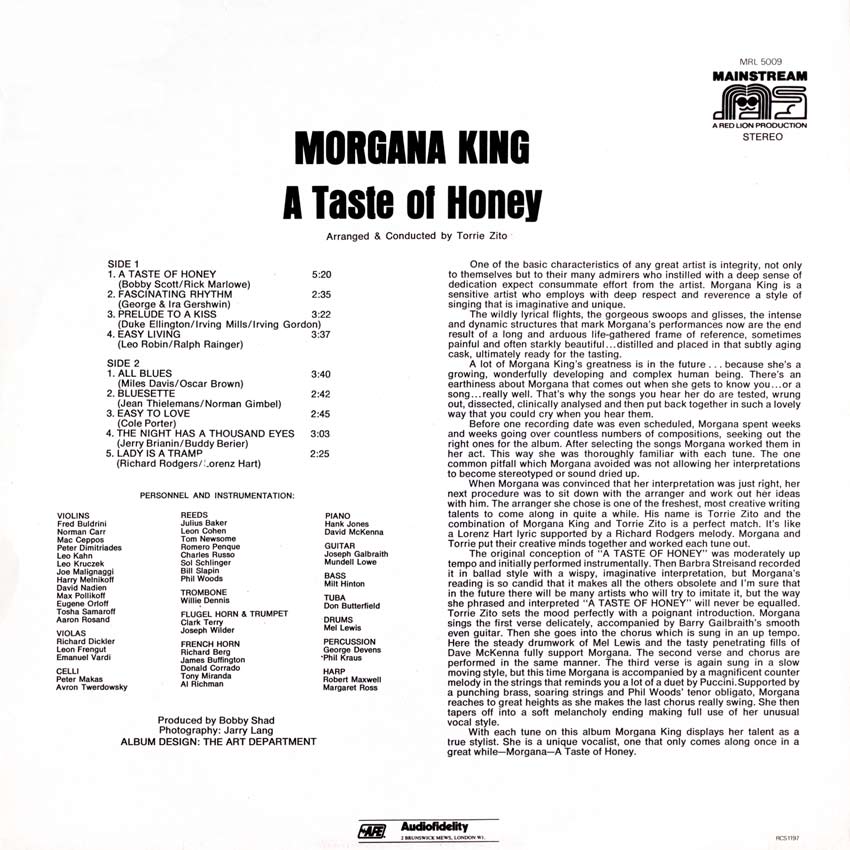20 Fab No I’s of the 60’s – Various Artists
Sleeve Notes:
SIDE ONE
1. EDDIE COCHRAN — 3 STEPS TO HEAVEN (B & E Cochran) Palace Music Co. Ltd. ℗ 1960 Liberty Records Inc. Within a month of the tragic death of American Rock ‘n’ Roller Eddie Cochran in April 1960, this record entered the charts and got to No 1 in mid June. A mid tempo disc, after his rock anthem classics “Summertime Blues”, “C’mon Everybody” and “Somethin’ Else”.
2. ADAM FAITH — POOR ME (Van Dyke) Mills Music Ltd. ℗ 1960 The follow-up to Adam’s first hit “What Do You Want”, this also went to the top and firmly established Terry Nelhams in a successful career that has embraced many facets of show business.
*3. RICKY VALANCE — TELL LAURA I LOVE HER (Barry, Raleigh) Lawrence Wright Ltd. ℗ 1960 Every now and then a so-called “death disc” makes its mark in the charts — one of the most successful was this tale of young Tommy determined to win the money to buy his girl a diamond ring in a stock-car race. A classic ‘one-hit wonder’ — please pass the kleenex!
4. JOHNNY KIDD AND THE PIRATES — SHAKIN’ ALL OVER (Heath) Mills Music Ltd. 1960 Shakin’ All Over has become a rock classic over the years. Written by London-born Johnny, under his real name of Frederick Heath, this was his only No 1 in a career that was cut short by his untimely death in a car crash in October 1966. His act is always remembered for the hard-driving rock ‘n’ rdll which has inspired many of today’s heavy metal bands and the exotic pirate costumes complete with Johnny’s eye patch.
5. HELEN SHAPIRO — YOU DON’T KNOW (Schroeder, Hawker) Lorna Music Ltd. ℗ 1961 Helen’s first disc ‘Don’t Treat Me Like A Child’ had reached No 3 and this was soon surpassed by You Don’t Know—the first of two chart toppers for this 14 years old school girl from London’s East End. Voted Top British Female Singer for 1961 and 1962, she notched up a million sales with this worldwide hit.
*6. DANNY WILLIAMS — MOON RIVER (Mancini, Mercer) Famous Chappell with the Rita Williams Singers and Geoff Love and his Orchestra ℗ 1961 A Norman Newell discovery, this young black crooner scored a No 1 with his 3rd chart entry — the haunting song from “Breakfast At Tiffany’s” starring Audrey Hepburn. Moon River was the fourth Oscar winner to top the Pop charts. Known as Britain’s answer to Johnny Mathis, Danny had many hits in the early 60’s, returning in 1977 with Dancin’ Easy’, based on the Martini T.V. jingle.
7. B. BUMBLE AND THE STINGERS—NUT ROCKER (Fowley) Ardmore & Beechwood Ltd./EMI ® 1962 Based on Tchaikovsky’s Nutcracker Suite and arranged by the legendary Kim Fowley this record was banned by the BBC but, in spite of this set-back, reached No 1 for a week in May 1962.
8. FRANK IFIELD — LOVESICK BLUES (Friend, Mills) Lawrence Wright Ltd. ℗1962 Born in the U.K. but achieving success in Australia where he grew up, Frank consolidated his first No 1 “I Remember You” with this more up tempo song with big band backing and his instantly recognisable yodel. A regular performer today, Frank has crossed to country music to great acclaim.
*9. GERRY AND THE PACEMAKERS — YOU’LL NEVER WALK ALONE (from “Carousel”) (Rodgers, Hammerstein II) Chappell Music Ltd ℗ 1963 This likeable lad from Liverpool still holds the unique distinction of having hit the No 1 spot with his first 3 consecutive releases. First was “How Do You Do It?” then “I Like It” both written by Mitch Murray and for his 3rd release Gerry chose this beautiful ballad from “Carousel” that has since become the anthem of Liverpool Football Club or at least “The Kop”.
10. CLIFF RICHARD — BACHELOR BOY (from “Summer Holiday”) (Richard, Welch) Elstree Music Ltd./EMI ℗ 1962 A double A-side, coupled with ‘The Next Time’, Bachelor Boy came from Cliff’s highly successful movie follow-up to The Young Ones— “Summer Holiday” in which Cliff and The Shadows starred with Una Stubbs, Richard O’Sullivan and Melvyn Hayes. Co-written by Cliff and Shadow Bruce Welch who was to provide such a driving force in Cliff’s re-emergence in the late 70’s.
℗ Original Sound Recordings made by EMI Records except track 1 stereo
SIDE TWO
1. THE BEATLES — SHE LOVES YOU (Lennon, McCartney Northern Songs Ltd. ℗ 1963 The second No 1 from the Fab Four with its much imitated “Yeh, Yeh, Yeh” chorus. “From Me To You” their first chart-topper, held on to the top for 7 weeks in May 1963 but She Loves You entered the charts at the end of August, stayed at the top through September and remained in the charts for a total of 31 consecutive weeks — almost 7 months! even climbing back to No 1 for two weeks in December as if to mark the spot for the next single, USA conqueror “I Want To Hold Your Hand”.
2. BILLY J. KRAMER AND THE DAKOTAS — BAD TO ME (Lennon, McCartney) Northern Songs Ltd. ℗ 1963 Written as was his first hit “Do You Want To Know A Secret” (No 2), by John Lennon and Paul McCartney, Bad To Me took another clean cut scouse lad to the top. Teamed with Manchester group The Dakotas and signed to The Beatles’ manager Brian Epstein, Billy was a wow with the girls—their screams almost drowning the performance on his many successful package tours.
3. THE SHADOWS — DANCE ON (V & E Murtagh, Adams) S. Bron Music Co Ltd. ℗ 1962, The Fourth top pop for Cliff’s ‘backing group’, this tune will always be associated with the famous ‘Shadows Walk’. The top-selling records for eleven of the first fourteen weeks of 1963 were either by Cliff Richard or The Shadows or, indeed, by two ex-Shadows — Jet Harris and Tony Meehan. Dance On took over at No 1 from Cliff’s “Bachelor Boy”
*4. CILLA BLACK — YOU’RE MY WORLD (Bindi, Sigman, Paoli) Carlin Music Corp/MCPS ℗ 1964 Another Liverpool artist who was taken under the wing of Brian Epstein’s management, Cilla Black scored her second No 1 hit with this beautiful yet powerful rendition of a song originally an Italian ballad called “II Mio Mondo”. Cilia went on to have many hit records throughout the 60’s and also became a family favourite with her popular T.V. series.
*5. PETER & GORDON — WORLD WITHOUT LOVE (Lennon, McCartney) Northern Songs Ltd ℗ 1964 Another Lennon & McCartney composition which shot to the top but this time performed by Gordon Waller and Peter Asher, brother of Paul’s then girlfriend Jane. The duo enjoyed many successful years together before Gordon went into the theatre while Peter travelled Stateside where he is now a top record producer, particularly successful with Linda Ronstadt and James Taylor.
6. THE HOLLIES — I’M ALIVE (Ballard Jnr) S. Bernstein & Co. Ltd. ℗ 1965 The Hollies from Manchester showed the world that Liverpool was not the centre of the musical universe with a string of Top 10 hits through the 60’s including “Just One Look”, “Here I Go Again”, “I Can’t Let Go” and “Bus Stop”. But it was this Clint Ballard Jnr song on George Martins’s Parlophone label that gave these five fresh faces their only No 1 — so far!
*7. MANFRED MANN — PRETTY FLAMINGO (Barkan) S. Bernstein & Co. Ltd./Heath Levy Music ℗ 1966 On this, the Group’s second No 1, bass player Tom McGuiness had been replaced by Jack Bruce who can also be heard on backing vocals. Johannesburg-born Manfred had so developed the group over the preceding 3 years that their stage act and albums could reflect both their more ‘popular’ songs from the charts and the R & B classics which had been their early inspiration.
8. THE BEACH BOYS—GOOD VIBRATIONS (B. Wilson, M. Love) Rondor Music (Ldn) Ltd. ℗1966 Capitol Records Inc. The Beach Boys – brothers Carl, Brian and Dennis Wilson, cousin Mike Love and family friend Al Jardine put California on the musical map through their surf in’ songs, eulogising the free and easy way of life and “California Girls”. Good Vibrations however, was their first No 1 and reflected Brian’s efforts to combat the powerful influence that The Beatles were exerting on popular music.
9. PETER SARSTEDT — WHERE DO YOU GO TO (MY LOVELY) (Sarstedt) United Partnership Ltd. ℗ 1969 United Artists Inc. This highly memorable and melodic story song with a haunting accordian backing was performed and written by Peter Sarstedt, brother of early 60’s pop star Eden Kane and 70’s crooner Robin Sarstedt. A beautifully drawn word-picture of La Dolce Vita it held the top spot for 4 weeks in March 1969.
*10. THE SCAFFOLD — LILY THE PINK (trad. MT. Gorman, McGear, McGough) Noel Gay Music Ltd. ℗ 1968 This surreal masterpiece, conceived by group members Roger McGough (poet), Mike McGear (vocalist and brother of Beatle Paul) and John Gorman (general loon!), stayed at the top over Christmas 1968 and helped to pave the way to a wider appreciation for a burgeoning art form —Liverpool poetry!
℗ Original Sound Recordings made by EMI Records except tracks 8,9 *stereo
This compilation 1984 Music for Pleasure

Label: MFP 41 5657 1

